Hamirpur is the Municipal Council, and is the smallest district in Himachal Pradesh. The town holds the scenic beauty and is well surrounded by beautiful Shivalik Ranges, trees of dense Pine forests and river Beas flowing through it.
The place was ruled by the decedents of Katoch dynasty named Raja Hamir Chand in 1700 AD to 1740 AD, thus the name Hamirpur is derived. Earlier, Hamirpur was a part of district Kangra but in 1972, the place was given its own identity. Hamirpur is also known as ‘Veer Bhumi’ because it is the highly educated city and many people join Arm forces from the state.
Location: The town is located in the Lower West-Central region of Himachal Pradesh with the height of about 790 meters above sea level. Kangra, Una, Bilaspur and Mandi are the neighbouring districts of Hamirpur. One can reach Hamirpur via roads, railways and flight.
By Road: The place is easily accessible by buses from Delhi, Chandigarh and Pathankot with the distance of about 420 km, 186 km and 159 km respectively. Many HRTC buses run between the districts of Himachal Pradesh and from other states as well.
By Railways: The nearest railway stations are Una and Amb, which are about 80 km and 70 km from Hamirpur respectively, one can take a bus or a cab to reach the town.
By Air: The nearest airport is Gaggal Airport, which is about 83 km from Hamirpur.
Hamirpur is also one of the most popular religious places in Himachal Pradesh. There are many temples located in the town, which are worshipped by many devotees.
Also read Temples of Kangra District and Temples in Shimla District
List of famous temples in Hamirpur District:
1. Sidh Baba Balak Nath Shahtalai Temple
The temple is located in Shahtalai at Hamirpur. It is believed that Baba Balak Nath is the incarnation of Dev Kartikeya, while others believed that He is Lord Shiva. Legends say that Babaji came to Shahtalai and met ‘Ratno Mai’. He used to graze the cattle for Ratno Mai and in return she used to give Him ‘Lassi’ (Buttermilk) and ‘Rotis’ to eat. While grazing cattle He was usually engaged Him in meditation. This practice was continued smoothly until He attained the age of 12.
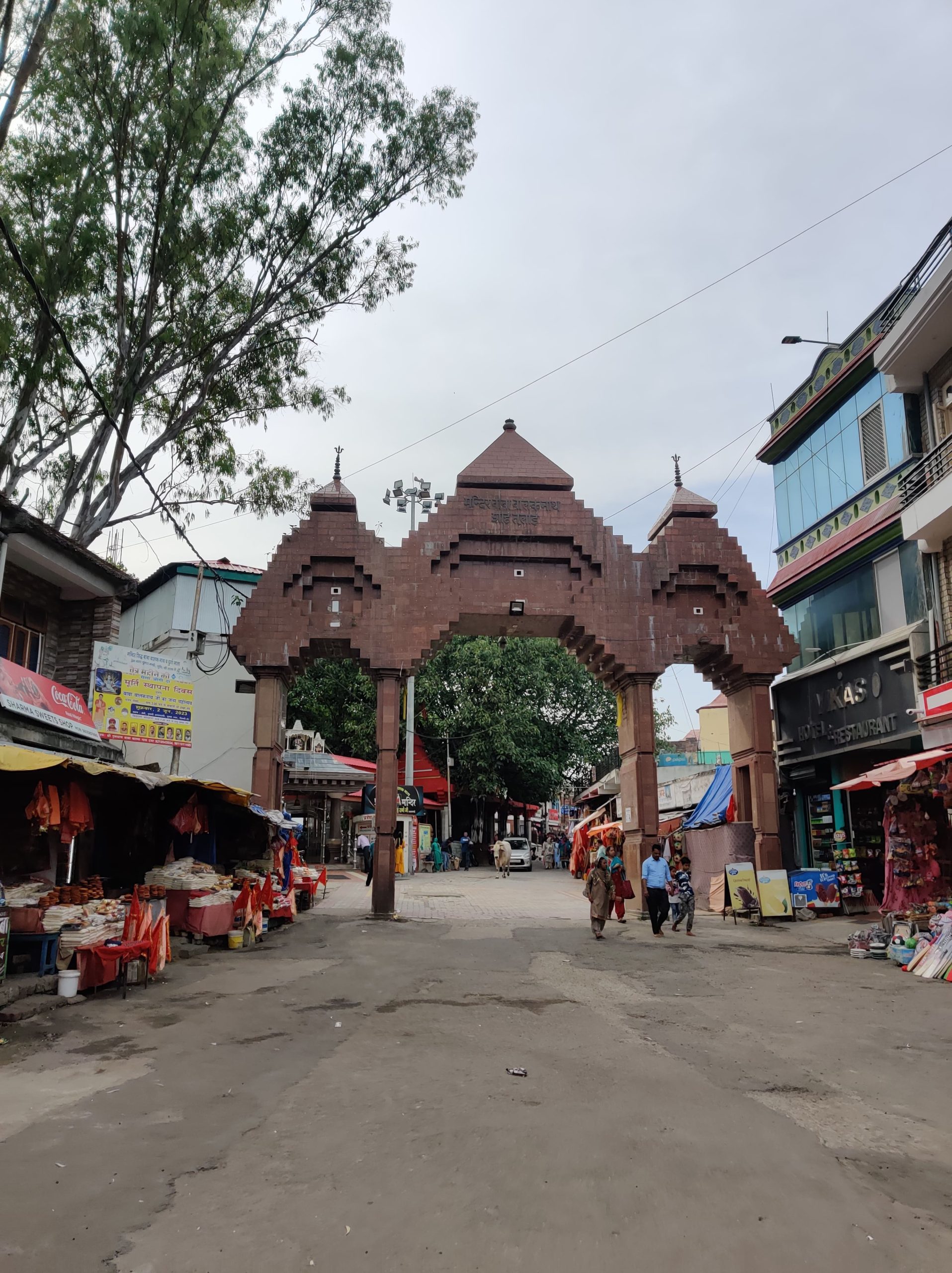
Most of his time used to be spent in meditation, as a result the cattle used to destroy the crops of the village. The villagers started complaining about their loss to Ratno Mai. Then one day Ratno Mai went to see the crops with Babaji, but miraculously everything was alright. After this miracle, Babaji told Ratno Mai that he will leave the place, but Ratno Mai insisted Him to stay by asking Him for the compensation for the ‘Rotis and Lassi’. Then Babaji told her that He had not eaten any of the food she offered to Him. Babaji then stroke His ‘Chimta’ on the Banyan tree and on the floor, as a result all the ‘Rotis and Lassi’ came out respectively. After this Babaji went to cave and started living there.
Read more about Sidh Baba Balak Nath Shahtalai Temple in Deotsidh
2. Sidh Baba Balak Nath Cave Temple
Baba Balak Nath Shrine known as ‘Deotsidh’ is a Siddha Peeth located on a hill, in the form of a cave, in Chakmoh village, which is about 45km from Hamirpur and about 3.5 km from Shahtalai. Legends says that once Babaji, while meditating in the cave a Brahmin came looking for his barren cows, Babaji appeared before him and asked him to shout for his cows. All of a sudden all his cows appeared. After seeing this miracle he became His follower.
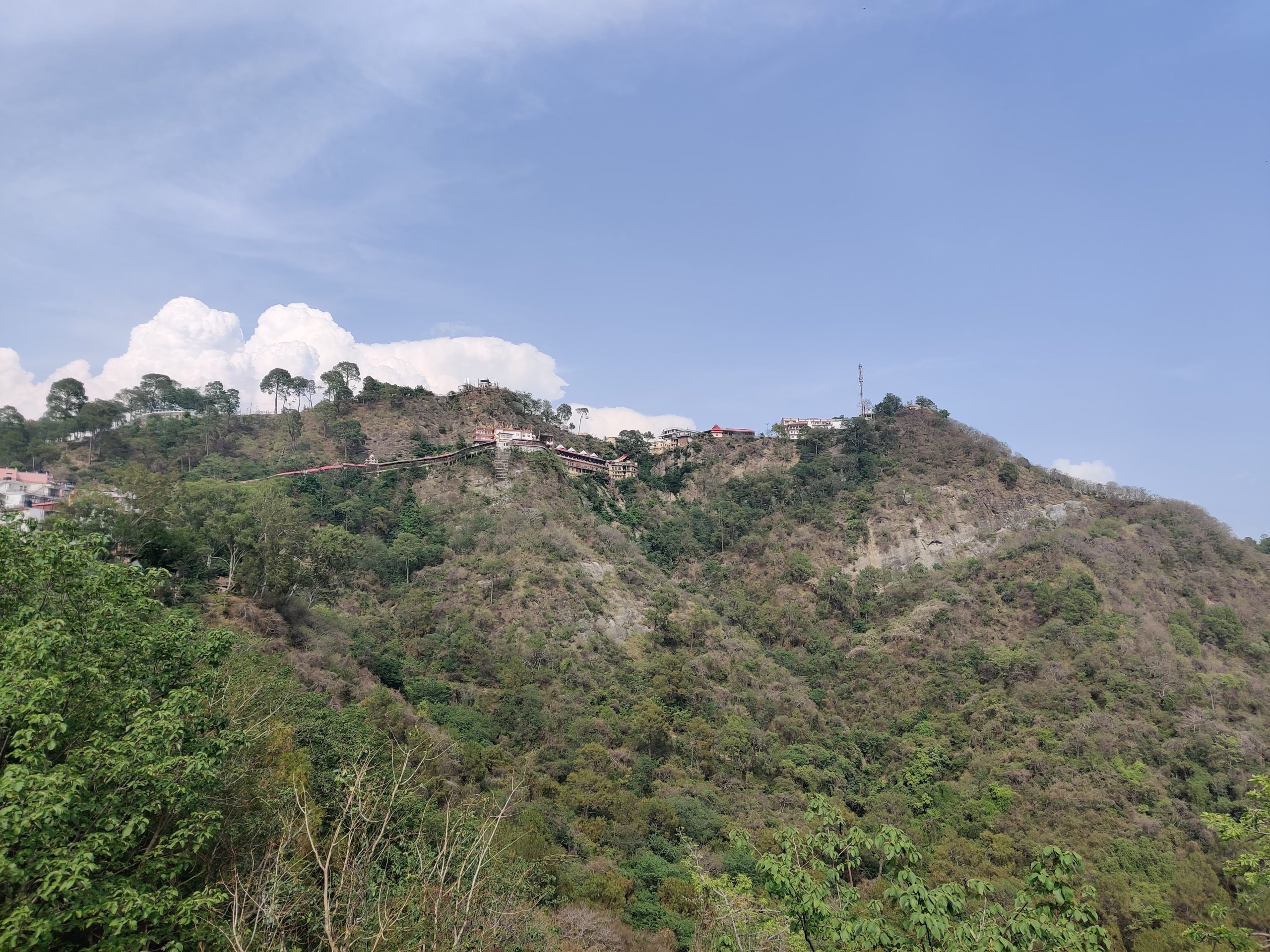
One day Babaji told him that He will disappear from the cave and asked him to continue the tradition of worshipping and to light the Dhuna as usual. This practice is still going on in the shrine. People offer Rotis made of wheat flour and jaggery to Babaji. There was a tradition of goat sacrifice in the temple, but instead to sacrifice they are being nurtured now. Women are strictly prohibited to visit the main shrine but they can worship in the temple area.
3. Tauni Devi Temple
The temple is about 200 years old and is about 12 km from the main Hamirpur town. The temple is dedicated to Devi Tauni, who is an incarnation of Goddess Durga. It is believed that when Mughals started torturing Rajputs to convert them in to Muslims, some people of Chauhan Dynasty along with their sister who was unable to hear started hiding themselves from Mughals into hilly areas to protect their religion.
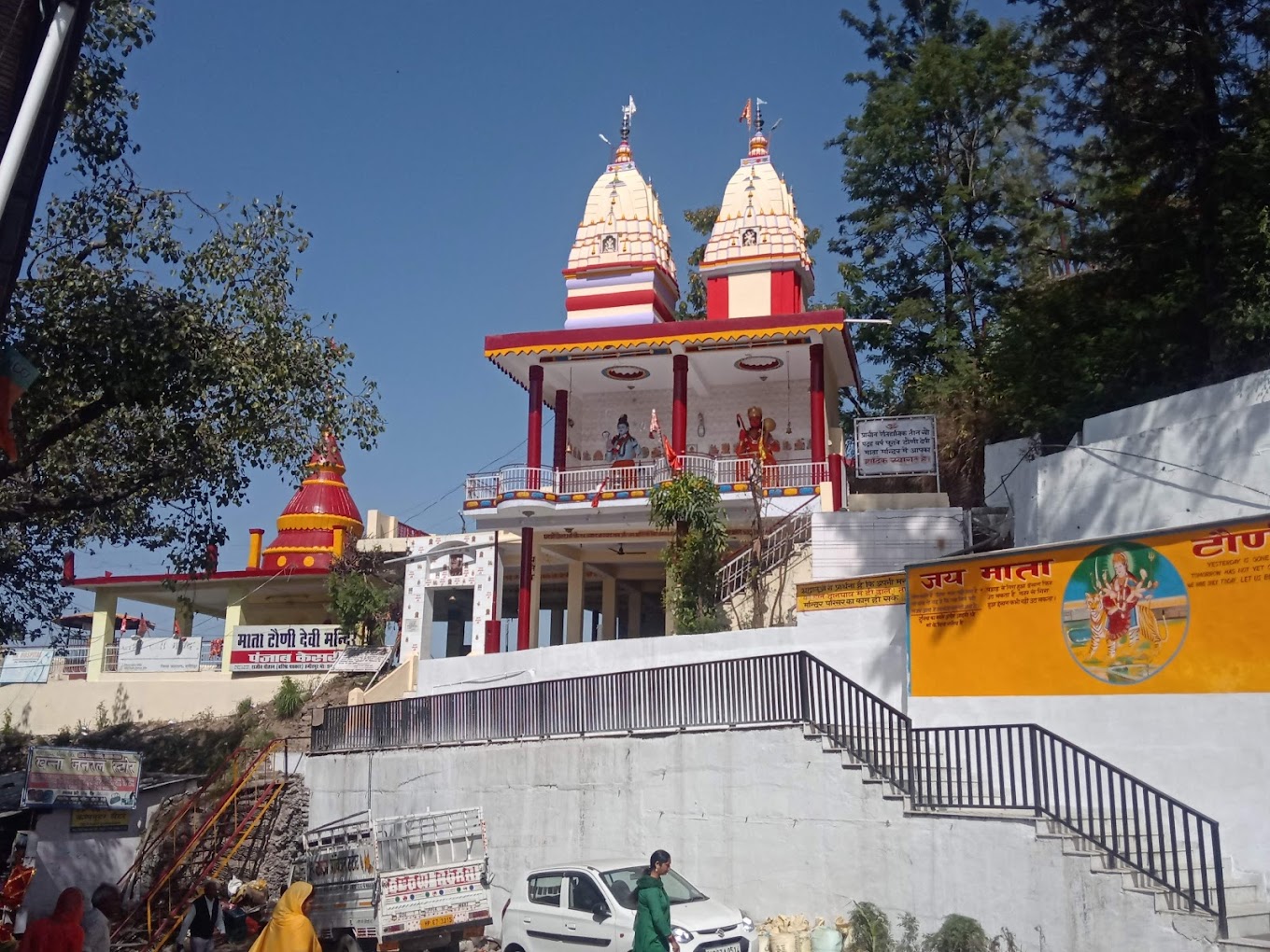
They started building their houses and suddenly a stream of blood started flowing. They consulted their priest who blamed the unmarried girl. After hearing this, the girl started doing penance and suddenly disappeared on the 10th day of Asadha month. As a result his brother builds this temple in her memory. It is believed the wishes of devotees are fulfilled after striking the stones.
4. Jhanyari Devi Temple
The temple is located on Hamirpur-Nadaun road which is about 6km from Hamirpur. The temple is dedicated to Goddess Jhanyari, who is the Kul-Devi (ancestral Goddess) of Katoch dynasty. The temple is about 200 years old. The legends believe that one night the Goddess appeared in King’s dream and instructed him to build a temple for Her by bringing the Idol, on Her desired path.
On reaching the destination, the King placed the palki on the ground to fetch the Idol but suddenly the palki became heavy and he was unable to move it. While taking rest the Goddess again appeared in his dream and asked him to build the temple there only.
5. Gasota Mahadev Temple
The temple is around 400 years old and is located on Hamirpur-Jahoo road which is around 8km from Hamirpur town. Lord Shiva in the form of Shivalinga is worshipped here. The history of temple is associated with the Agyatvas of Pandvas who stayed in Gasota village. Once there was a drought situation in the village as a result their cows suffered with lack of water. So Bhima (one of the Pandavas) hit the ground, and a stream of water started flowing from the ground.
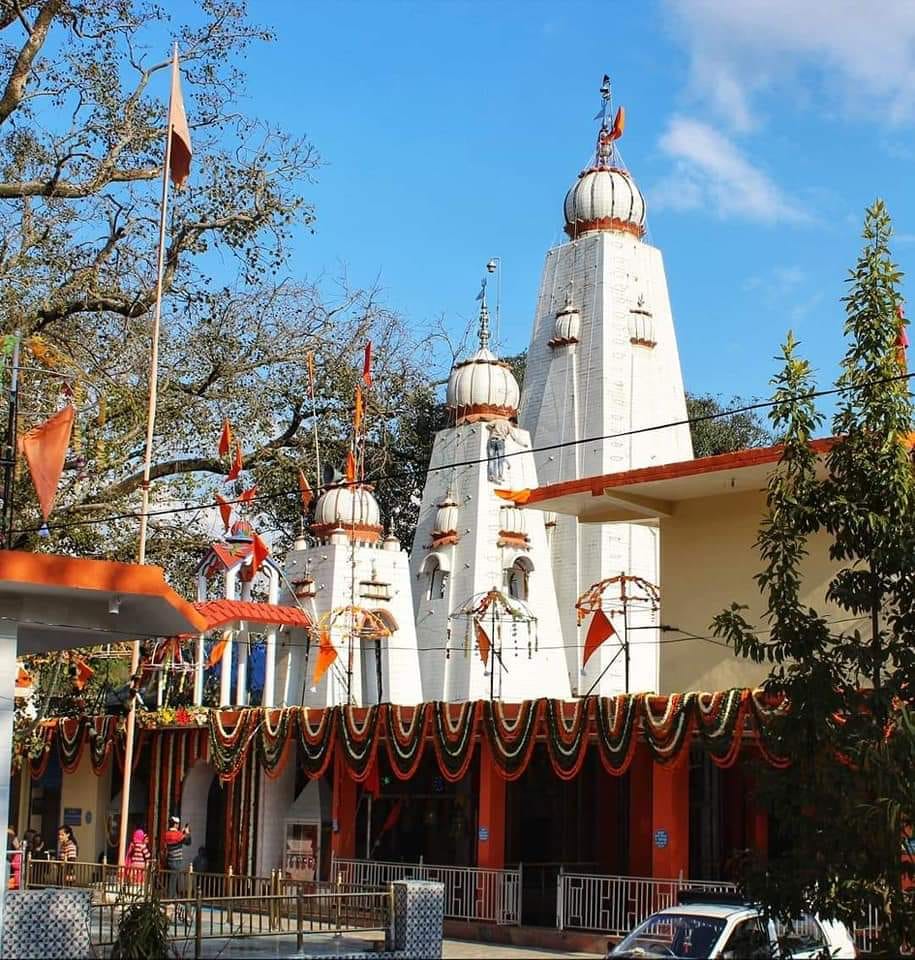
People also say that once there was a farmer who was plowing the fields. On his first hit to the ground a stream of water erupted. On his second attempt a stream of milk came out. While hitting for the third time a stream of blood started to flow and he lost his eyesight too. In his dreams he saw a Shivalinga who ordered him to build a temple in the area.
6. Shri Shani Dev Temple, Hamirpur
The temple is located at Lambloo village which is at a distance of 10km from Hamirpur, and is dedicated to Lord Shani. Many people come to visit the temple especially on Saturdays. People perform Tula Dan as well as Langar is being organized here. The temple is beautiful and well maintained by the Himachal Pradesh Government.
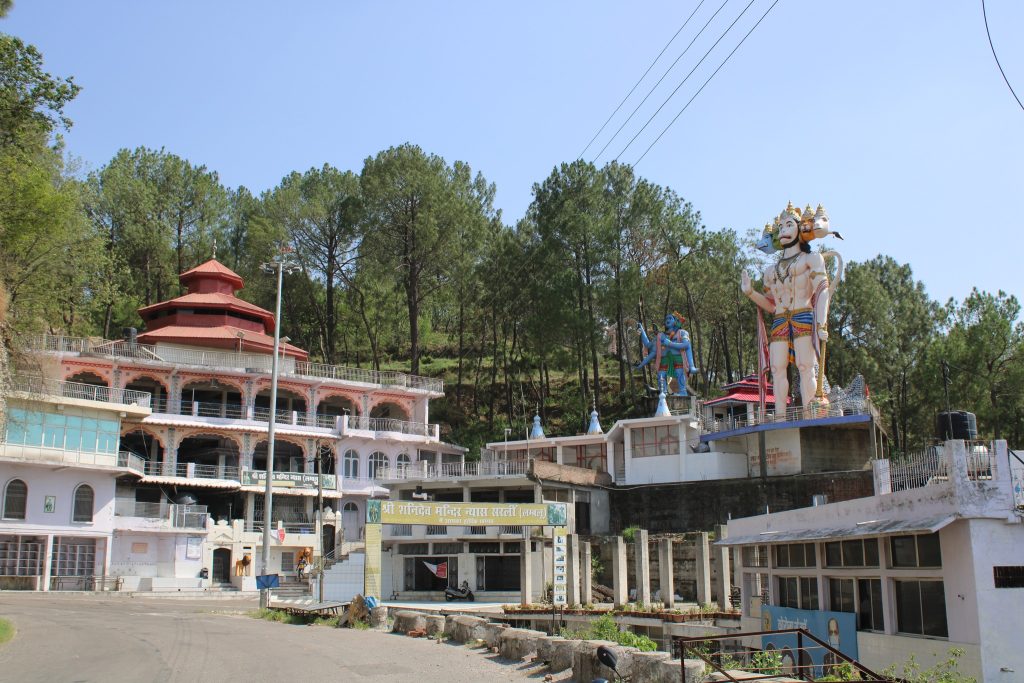
7. Murli Manohar Temple
The temple is located in the Chaugan of Sujanpur Tira which is at a distance of 22 km from Hamirpur. As the name signifies the temple is dedicated to Lord Krishna and Radha Rani. The temple is famous for its Flute (Murli), which is in the opposite direction. It is said that this is the only temple in the world where the flute of Lord Krishna is in opposite side.
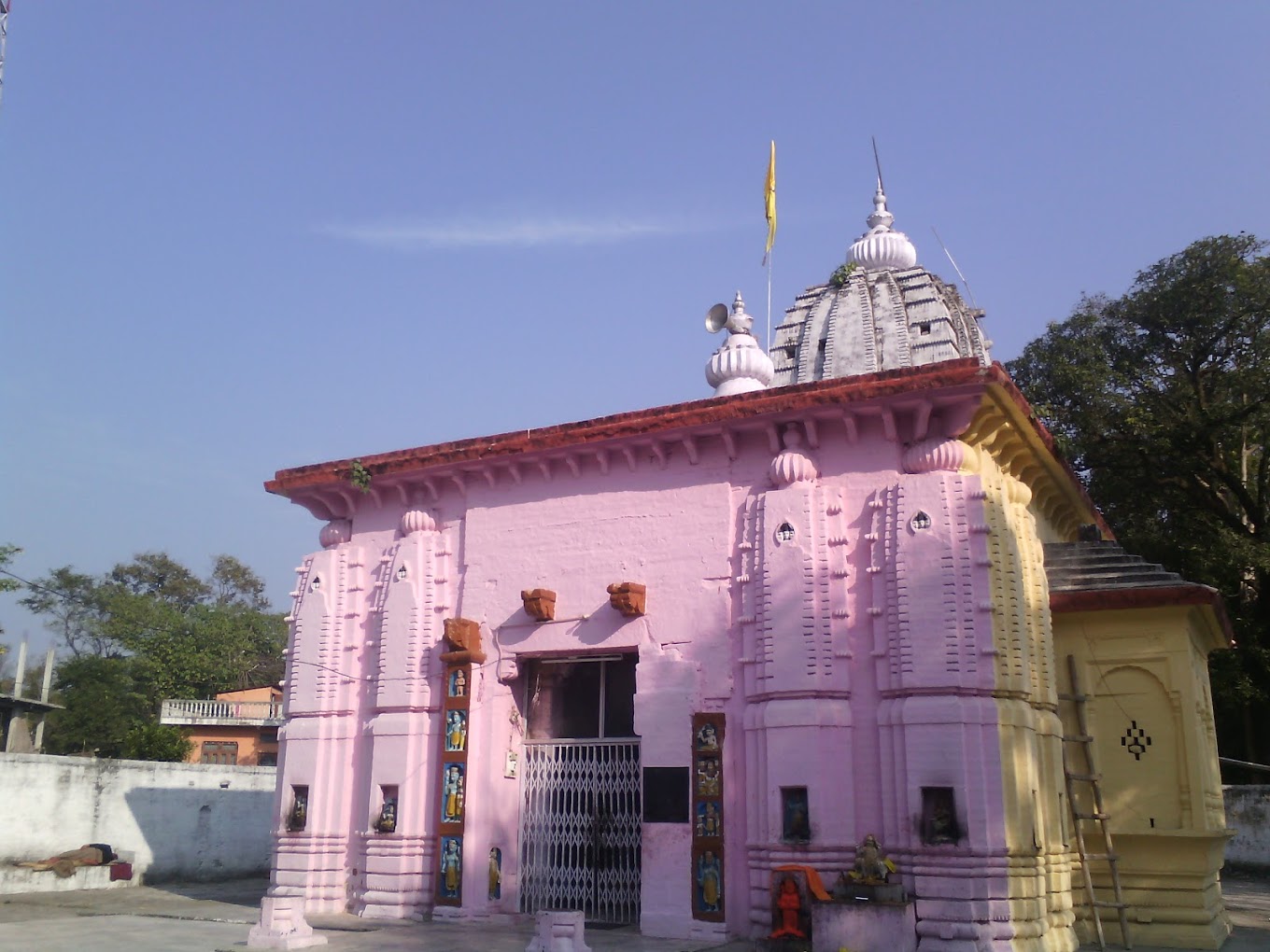
The temple is 400 years old and is build by Maharaja Sansar Chand, a King of Katoch dynasty. Legends say that when the idol of Lord Krishna was being installed here, head priest of the area told the Raja that one evening he saw the flute of the Krishna in right direction and on the next morning the flute was on the opposite direction of the idol. The famous Holi festival is being celebrated here every year with full enthusiasm.
8. Awah Devi Temple
Also known as Jalpa Devi Temple, the temple is located on a hill (the highest point of Hamirpur) at a distance of about 24 km and a height of about 1237 above sea level. The temple is located between the border of Hamirpur and Mandi districts. The idol of Jalpa Devi is in the form of a Pindi, who is the Kul-Devi of local people.
View this post on Instagram
It is said that once a farmer was plowing here and his plow struck the stone and suddenly blood started to come out. Then Devi gave Darshans to the locals of both the districts. But a dispute started among the people of Mandi and Hamirpur areas that the idol belongs to them respectively. People of Mandi took the idol to establish in their area but suddenly they all became blind and put the idol on the ground. Once they were about to carry the idol it became heavy and the temple was build in the same area. The temple holds a scenic and peaceful environment.
9. Narvadeshwar Temple
The temple is located at a distance of 22 km from Hamirpur in Sujanpur Tira area. The temple is dedicated to Lord Shiva, and is about 200 years old, built by ‘Rani Prasanni Devi’ the then Queen of Raja Sansar Chand in 1802.
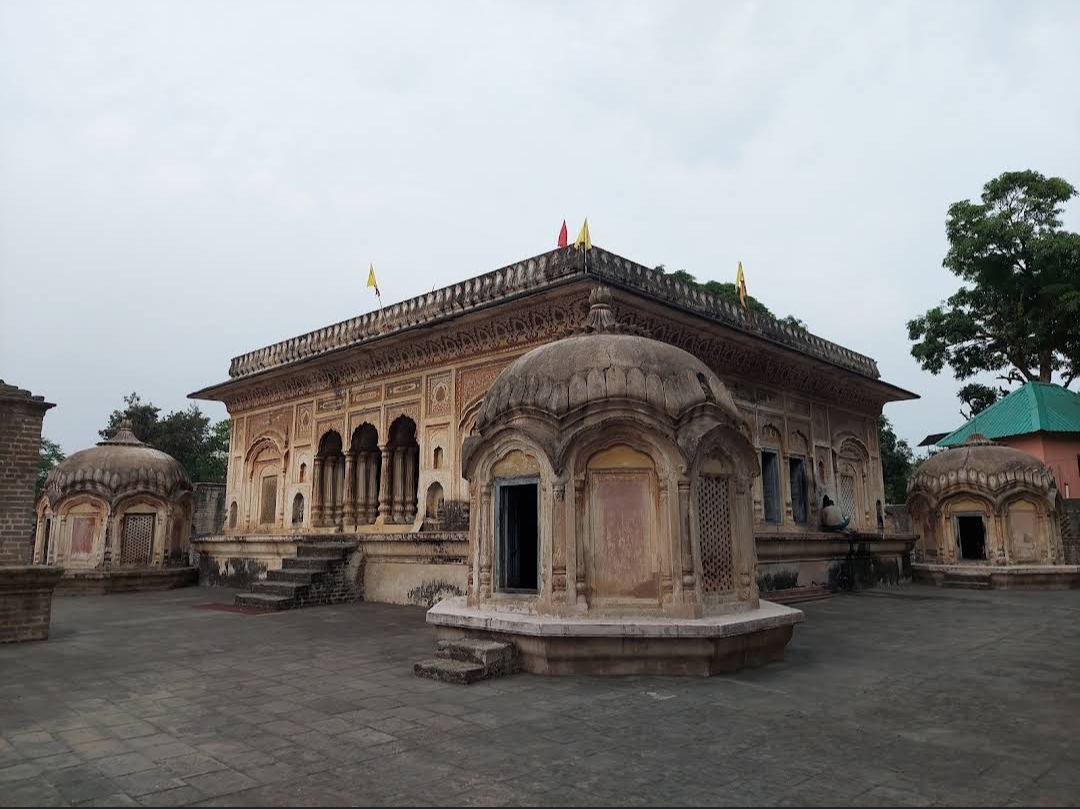
There are beautiful carvings of Ramayana and Mahabharata on the walls of temple. There are many small temples constructed in the premise dedicated to Goddess Durga, Lord Ganesha etc. The architect of temple is in old Bhitti Style and interior is in Kangra Style.

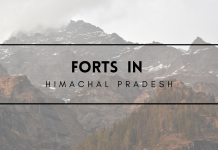


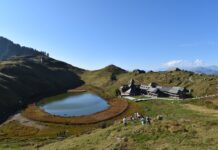


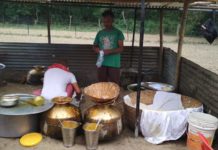



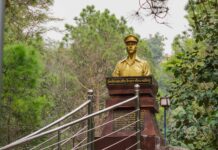
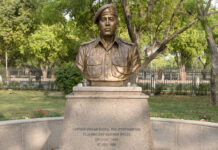

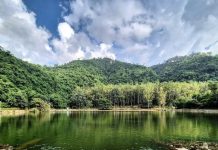

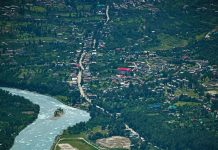
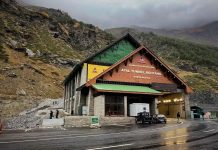
![Himachal Day: Read All About Himachal Pradesh day [15 April] Himachal Pradesh Day - BeingPahadia](https://www.beingpahadia.com/wp-content/uploads/2025/02/Himachal-Pradesh-Day-BeingPahadia-218x150.png)



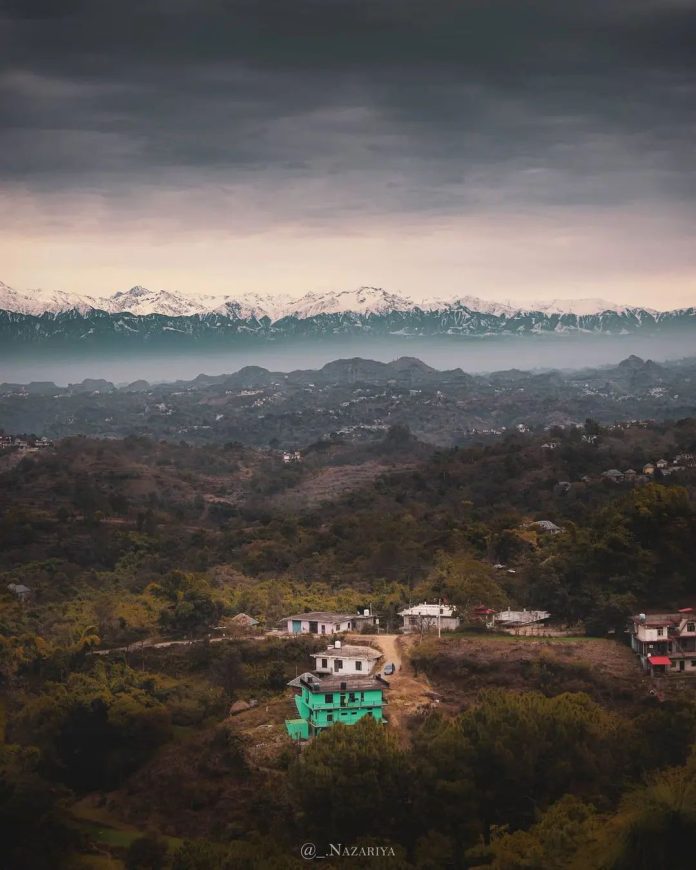
![Sidh Baba Balak Nath Shahtalai Temple in Deotsidh [Guide] Baba Balak Nath Temple Deotsidh](https://www.beingpahadia.com/wp-content/uploads/2023/04/Baba-Balak-Nath-Temple-Deotsidh-e1681616986690-100x70.jpg)

